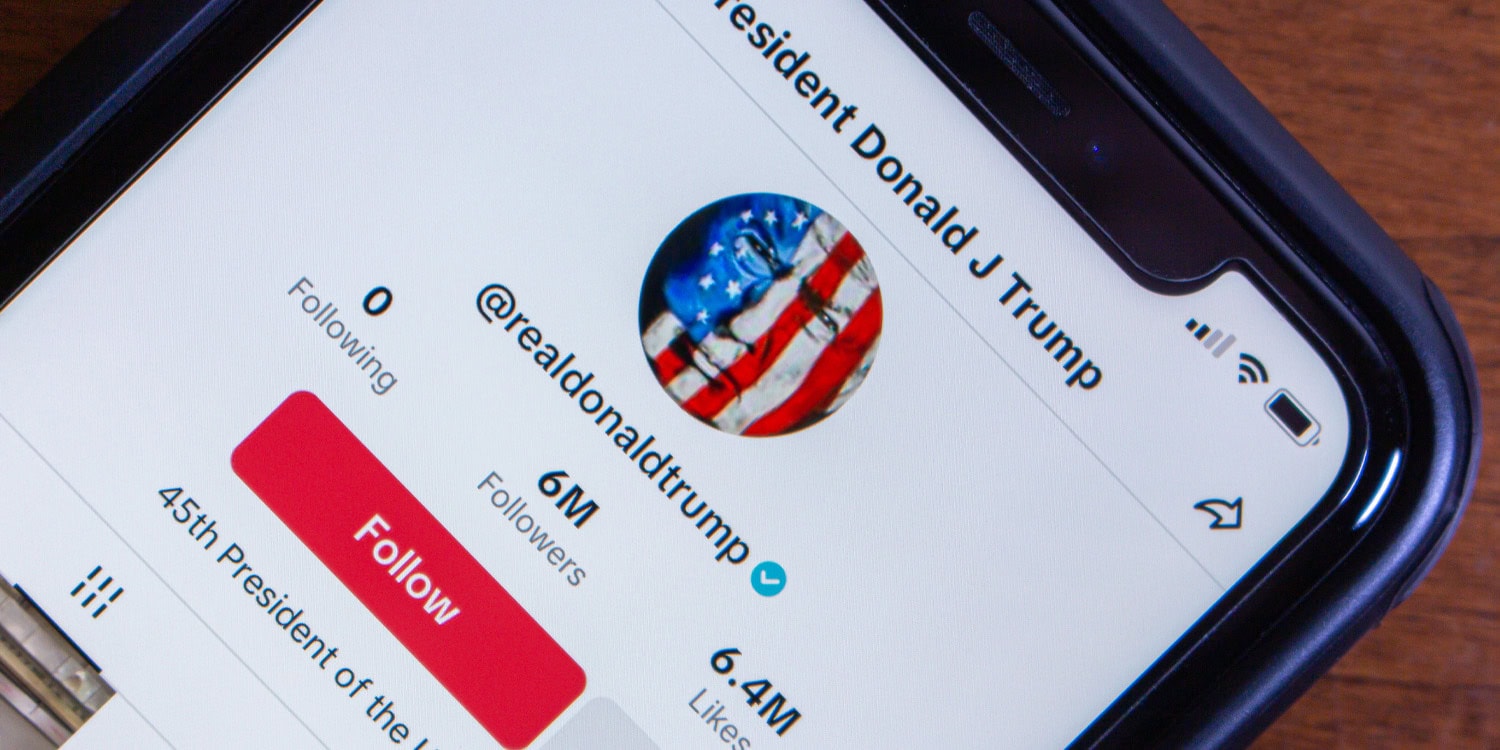
TikTok's algorithm exhibited pro-Republican bias during 2024 presidential race, study finds
A study found TikTok's algorithm recommended more Republican-aligned content during the 2024 US election. Republican accounts saw more like-minded content, while Democratic accounts were shown more opposing views. This suggests a pro-Republican skew.
www.psypost.org
TikTok, a widely used social media platform with over a billion active users worldwide, has become a key source of news, particularly for younger audiences. This growing influence has raised concerns about potential political biases in its recommendation algorithm, especially during election cycles. A recent preprint study examined this issue by analyzing how TikTok’s algorithm recommends political content ahead of the 2024 presidential election. Using a controlled experiment involving hundreds of simulated user accounts, the study found that Republican-leaning accounts received significantly more ideologically aligned content than Democratic-leaning accounts, while Democratic-leaning accounts were more frequently exposed to opposing viewpoints.
TikTok has become a major force among social media platforms, boasting over a billion monthly active users worldwide and 170 million in the United States. It has also emerged as a significant source of news, particularly for younger demographics. This has raised concerns about the platform’s potential to shape political narratives and influence elections.

